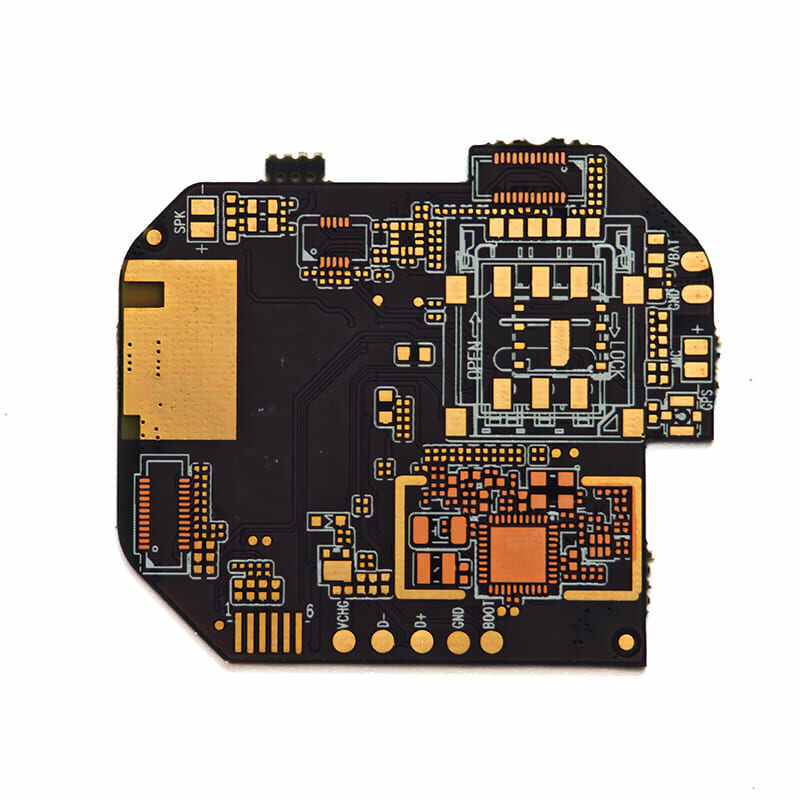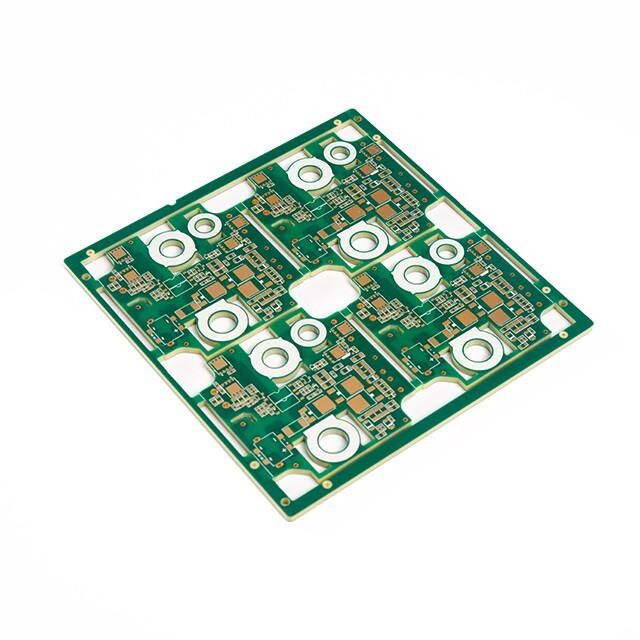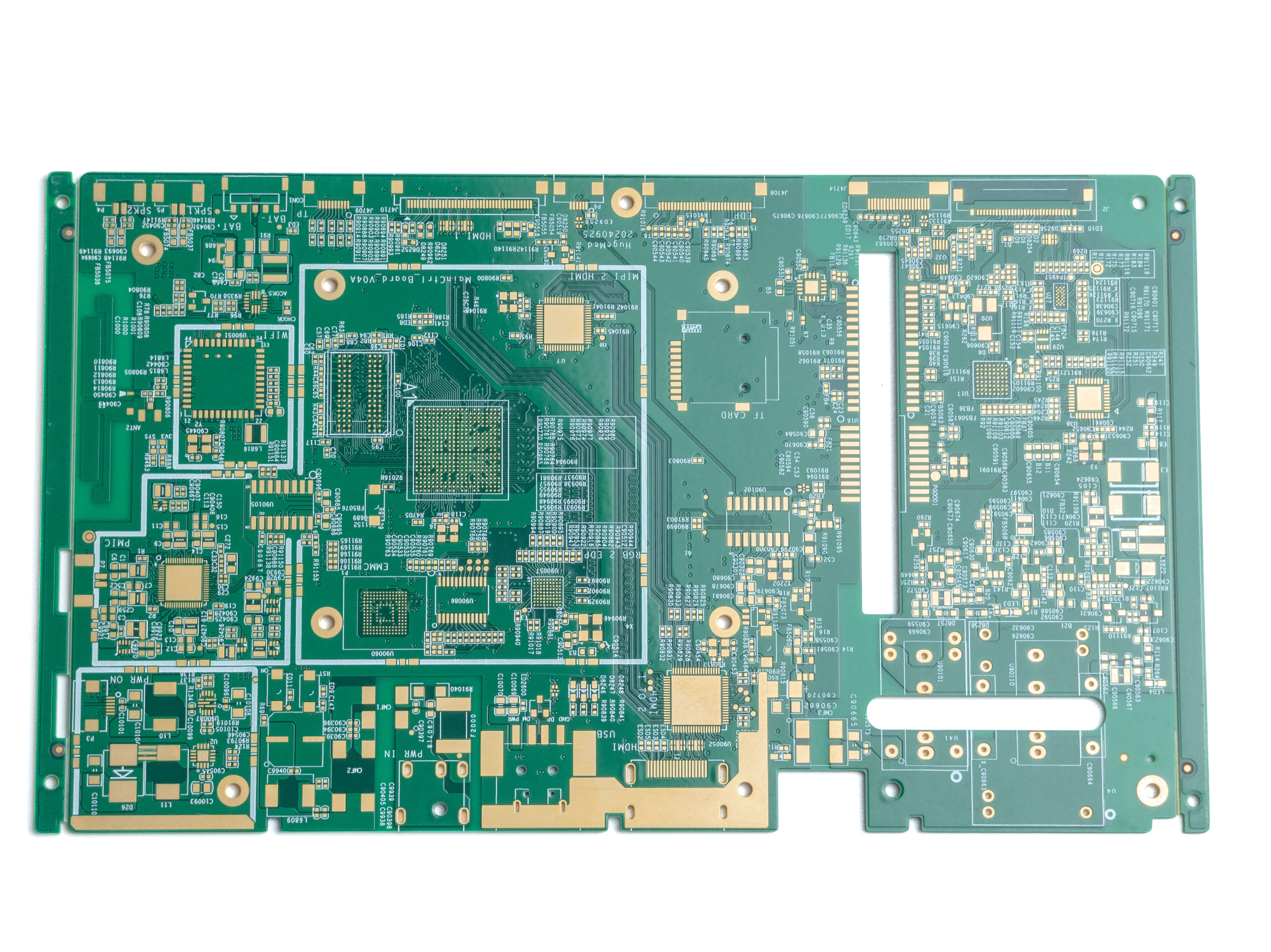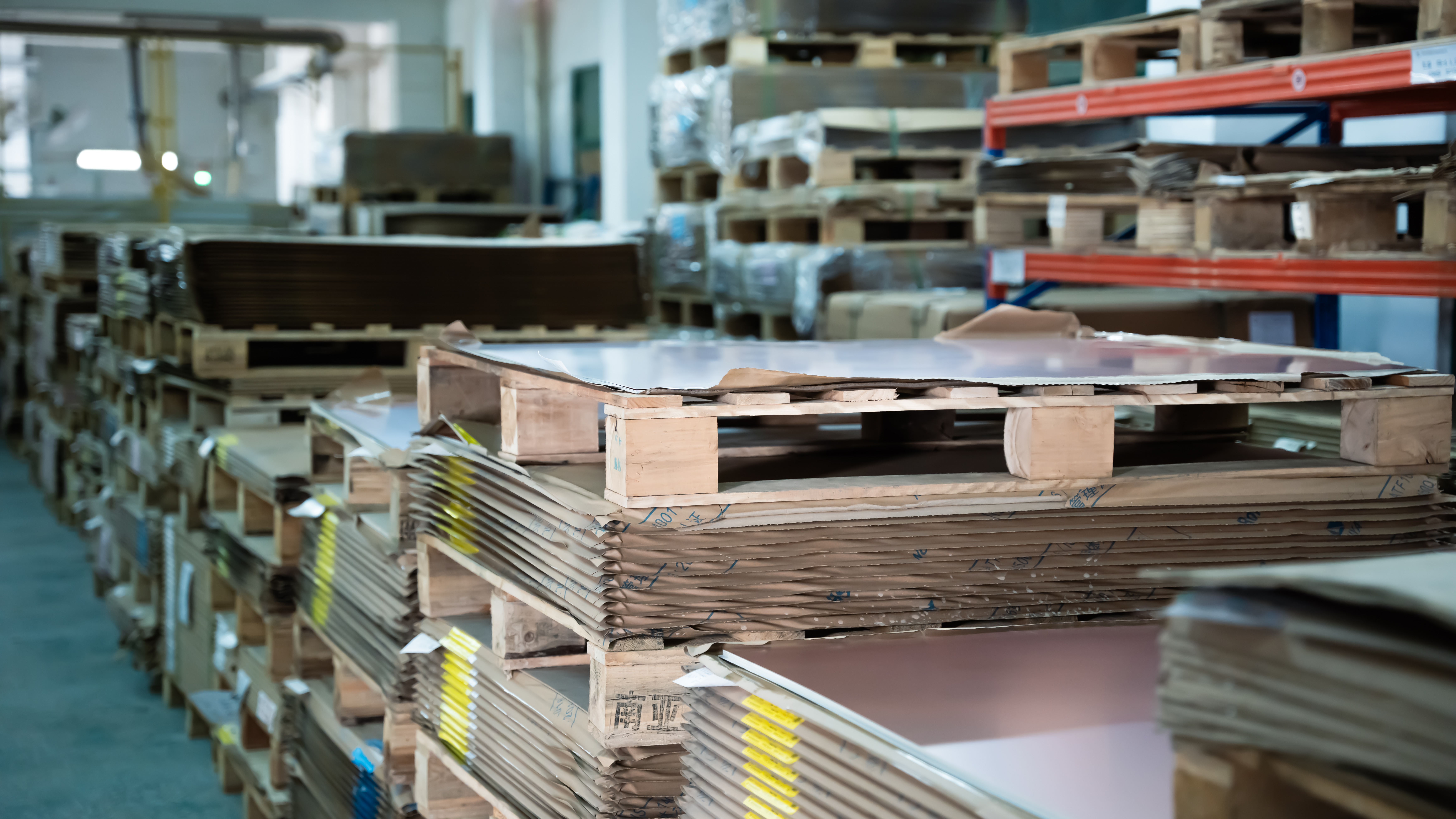flexible pcb
Flexible PCBs (Printed Circuit Boards) represent a revolutionary advancement in electronics manufacturing, offering a versatile solution that combines electrical connectivity with mechanical flexibility. These innovative circuit boards are constructed using flexible base materials, typically polyimide or polyester films, which allow them to bend, fold, and conform to various shapes while maintaining their electrical integrity. The distinctive characteristic of flexible PCBs lies in their ability to be designed in three-dimensional configurations, enabling them to fit into compact and irregularly shaped spaces where rigid PCBs cannot be utilized. They feature thin, lightweight construction while incorporating advanced circuitry patterns that can include single-layer, double-layer, or multi-layer configurations. The technology supports high-density interconnections and can be integrated with various electronic components, including surface mount devices, through-hole components, and integrated circuits. In modern applications, flexible PCBs serve crucial roles in consumer electronics, medical devices, automotive systems, and aerospace equipment. Their dynamic nature allows for improved product design flexibility, enhanced reliability through reduced interconnections, and superior performance in high-vibration environments. The manufacturing process involves sophisticated techniques that ensure precise conductor patterns, optimal material selection, and reliable connection points, resulting in a product that meets the demanding requirements of modern electronic devices.









